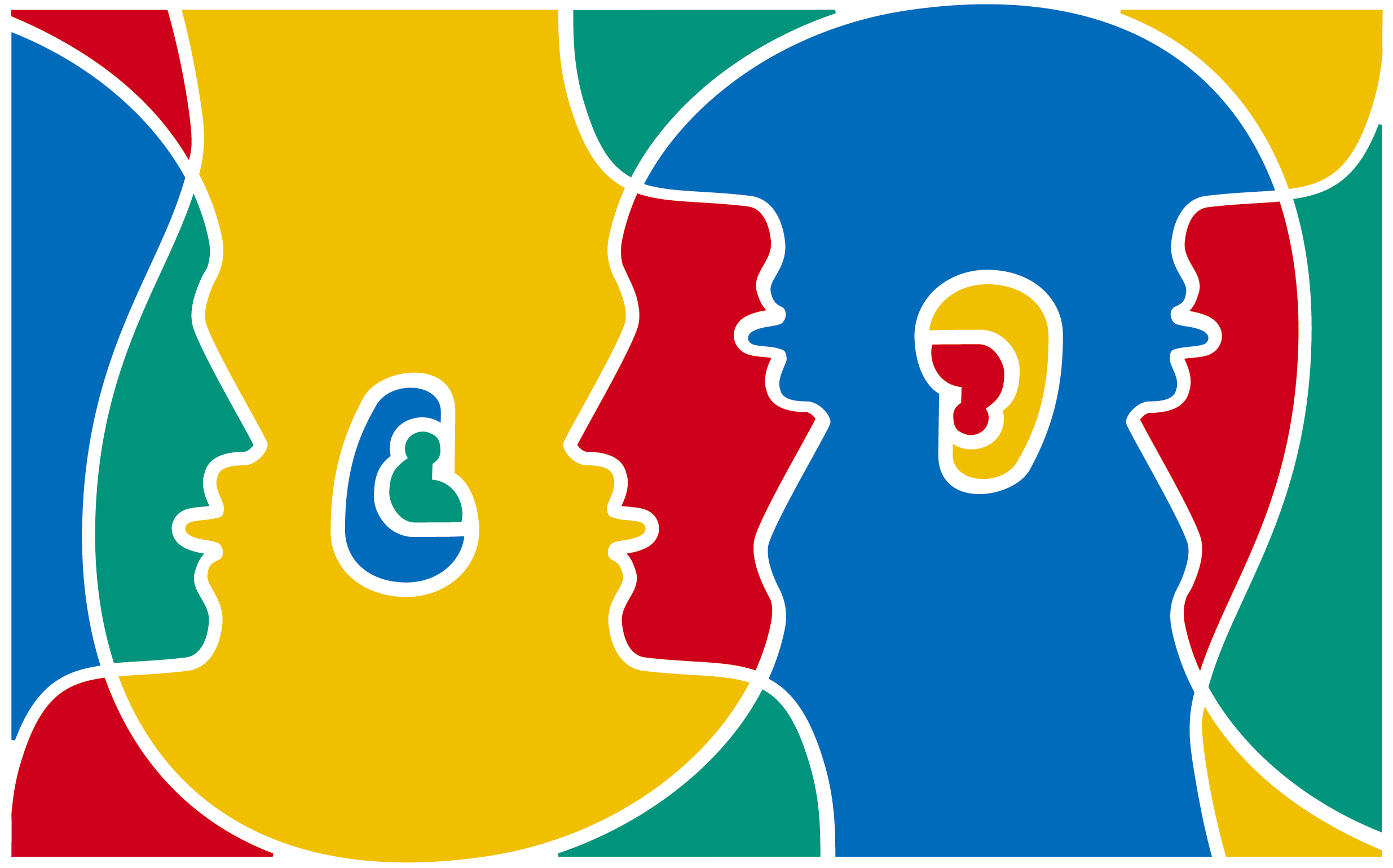
Linguistic diversity is a tool for achieving greater intercultural understanding and a key element in the rich cultural heritage of our continent.
Today, throughout Europe we celebrate the European Day of Languages.
In 2001, the Council of Europe established to celebrate an European Day of Languages every 26th September. The aim is to emphasise the value of language learning and to raise the awareness of the European linguistic diversity. We count about 225 indigenous languages – excluding the dialects – in the 47 member states of the Council of Europe.
In Europe, the most spoken languages are, by number of mother tongue speakers: Russian, German, English, French and Italian. In many parts of Europe plurilingualism is the norm. This is the case for Andorra, Austria, Belarus, Belgium, Cyprus, Czech Republic, Denmark, Estonia, Faroe Islands, Finland, France, Germany, Gibraltar, Hungary, Ireland, Italy, Kosovo, Latvia, Lithuania, Luxembourg, Malta, the Netherlands, Poland, Portugal, Romania, Slovakia, Slovenia, Spain, Sweden, Switzerland, Carpathian Ruthenia (Ukraine) and the United Kingdom. Several of these countries are officially plurilingual, others have a number of traditionally spoken minority or regional languages. – The 50 states parties to the European Cultural Convention have 41 official or national languages and many accord special status to other languages.
The idea behind the European Day of Languages is to encourage language learning from an early stage on and to emphasise that it is a life long process. Children and adults need to be constantly encouraged and motivated to extend and diversify their language skills and levels.
Speaking more than one language gives us insight into the people, culture and traditions of other countries. Instead of being dependent on the linguistic competence and godwill of others, we not only acquire a usefull skill, but learning another language “reflects an attitude of respect for the identity and culture of others and tolerance of diversity” (cfr. Neil Madden).
On the official homepage of the European Day of Languages you can learn some interesting “language fun and facts“, do a “Language Quiz“, find some “Idioms of the world” (where you can participate in adding some translations in the languages you know at the bottom of the page!), have some fun with the “tongue twisters“, learn about “sign languages” and find some useful teaching materials.

Have a look at this site too, to exercice a few expressions in several languages. – Enjoy!
And here is a short film about the European Day of Languages at the British School of the Netherlands:
This is a later addition:
If you are looking for free online language learning resources – this time for Estonian, Finnish, Lithuanian, Polish and Portuguese – please check out this site. It is funded through the EU’s Lifelong Learning Programme.
Related articles
- Celebrating Multilingualism (languagerichblog.eu)
- European Day of Languages (2012)
Filed under: Being multilingual, Expat Life, Multilingual children, Multilingualism Tagged: Council of Europe, European Cultural Convention, European Day of Languages, language




















